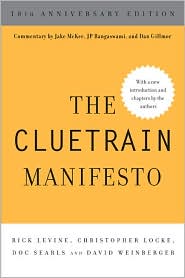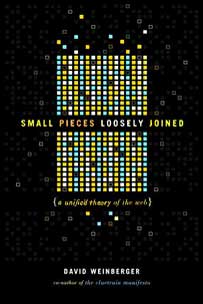April 3, 2011
Social tagging games ‘n research
The GiveALink link-sharing site has posted two games thaty are actually research studies.
The first game is GiveALink Slider which the site says “is an interesting online tagging game in which you must annotate webpages with related tags and choose new webpages. You can accumulate points and win badges by accomplishing tasks and building links with other players.” They are giving iPods to the winners. It’s actually a study called “Social Annotations through Game Play” conducted by the Networks and Agents Network in the Center for Complex Networks and Systems Research of the Indiana University School of Informatics
Here’s the description of the second game:
Great Minds Think Alike is a word association game that lets users build semantic concept networks and explore similarity relations.
Players form a chain of semantically related words, which comes from the GiveALink knowledge base. Users can browse through nine different social media, e.g. Flickr and Youtube, and earn points.
Words are geo-tagged, which helps to analyze the geographical distribution of terms. Players can also connect with other players via Facebook as suggested by the game.
Data from the game is collected by GiveALink.org to make the game more fun, support other social tagging applications, and for study purposes.
No, I don’t actually understand how either game works, and I haven’t signed up for them because the first one is a study that I don’t want to commit to and the second requires an iPhone. But, the GiveALink service is interesting. It’s an open bookmark-sharing service that also feeds a research program. [Hat tip to Julianne Chatelain.]








